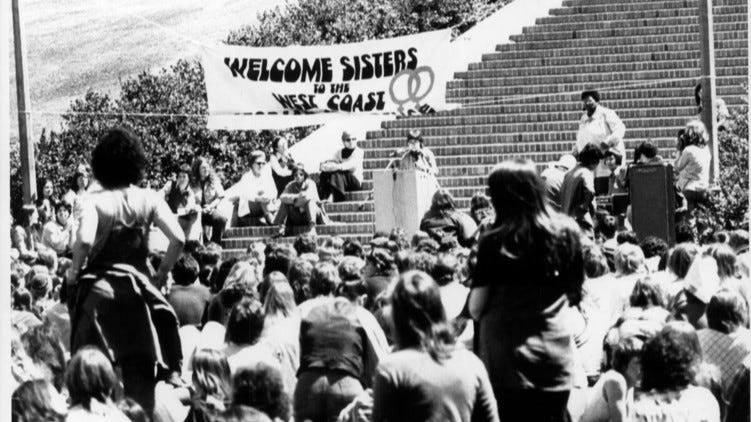Everything Old is New Again: How the Gender War Repeats Itself
And some ways in which the conversation has changed
When I first discovered pushback to gender ideology in 2018, it certainly seemed to me like I had stumbled upon a new conversation. I was relieved to see others criticizing aspects of the transgender movement that I thought I was alone in feeling uneasy about. But I quickly learned that these discussions, as important as they were, were nothing new.
I think there is a widespread assumption today, especially among people new to this debate, that many of the issues with gender ideology are new. You see it in talk of “old school transsexuals” who didn’t cause any trouble and just lived their lives and skirted by under the radar of most of society. While I agree that recent years have seen the influx of a particularly deranged breed of activists, these men have been clashing with feminists, lesbians, and gay rights activists for several decades before the rest of society started paying attention.
The initial conflicts …
Keep reading with a 7-day free trial
Subscribe to The Distance to keep reading this post and get 7 days of free access to the full post archives.



